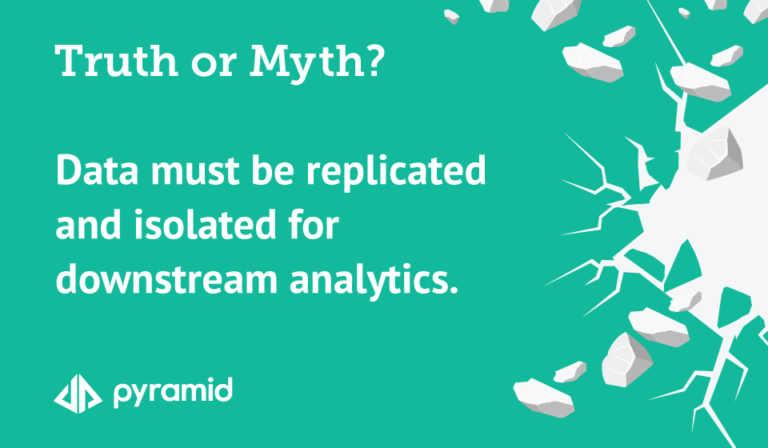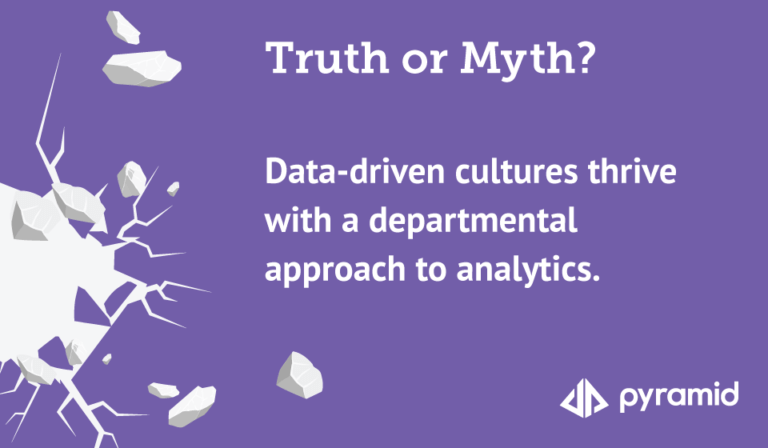This article is the second in a series that explores the role of a BI leader/BI program director/BI practice director. Topics included in this series over the coming weeks are: 1) Skills that are in demand for this role 2) Pain points that BI owners commonly face 3) Career advancement for BI owners 4) Common examples of BI organization charts and 5) Budgeting for expenses such as headcount, consulting, services, and tools.
Inviting your participation! In the coming weeks, we’ll also start conducting a survey to gather additional information related to a career as BI director, common pain points, and other topics. For those who have participated, we’ll publish the results, along with a report and other related resources. Stay tuned!
In my previous article in this series, Key Skills of a Successful Business Intelligence Director: A Powerhouse in the Enterprise, I talked about the difficulty of finding well-qualified BI directors. To really shine, owners of BI initiatives must possess, more than anything, strong leadership, strategic, and communications skills—along with the requisite set of analytical, operational, and technical skills. The BI director has an intricate mission—yet a rewarding opportunity—to organize, influence, and lead on many fronts, including BI initiatives, diverse teams with divergent needs, and the business at large.
The complex nature of the BI director’s short-term and long-term charter brings numerous pain points. Although the list could easily run the gamut, in this article we’ll touch upon 10 common challenges.
- Lack of adoption of BI initiatives or BI platform. Having low adoption rates defeats the purpose of having BI and analytics. There are many reasons for lack of adoption, one of the most important being not accounting for diverse users with different goals, and instead catering to a subset.In a recent webinar on BI adoption—Achieving Enterprise BI Value: It’s About User Adoption—renowned BI and analytics consultant Wayne Eckerson discusses the mammoth number of variables that influence adoption. He consolidates these into three guidelines: know your users, apply change management, and implement a robust platform. In this same webinar, Peter Sprague (VP of Services and Solutions Engineering at Pyramid Analytics) gives examples of serving the needs of casual users, power users such as BI analysts, and BI managers. For more information, see the online recording .
- Hard to standardize on a BI platform. In a sense, this pain point is tangential to the preceding one: lack of adoption. Users who are eager to dig in to self-service BI and analytics might be downloading a variety of their own BI tools to get their needs met, without any kind of centralized management. This scenario again points back to the idea of insufficiently taking user needs into account. Unfortunately, if users don’t find “what’s in it for them,” they’ll turn to something else that can quickly provide perceived value. The disparate set of tools that users download can introduce noise, churn, and pandemonium, since there’s no common BI ground to stand on.Much can be done to avert this situation, when there’s a centrally managed solution where users of all types can quickly and nimbly access, customize, share, and collaborate on data.
- BI isn’t scalable. If there’s no common ground or standardization, resulting data silos will prevent the BI solution from scaling up and out across the organization or enterprise. Users need to know where to go find data, and it must be trustworthy and consistent across the organization.
- Hard to sell the return on investment (ROI) of BI initiatives, and difficult to justify costs. It’s often hard to demonstrate BI project/program success or to show business benefits and a return on investment (ROI) rapidly and efficiently. Consequently, there could be an underinvestment in BI initiatives and a lack of funding.
- Inability to plan for or carry out effective change management. Lack of budget for change management, for instance, can hinder BI adoption. If BI initiatives or the BI tools are new, effective change management can help overcome organizational resistance in adopting them. If implementation has already taken place, continuous improvements and bridging the gap between different departments and user personas can go a long way toward successful BI.
- Not having clear direction or agreement on what or how to measure. There’s often not enough organizational focus on identifying the most important problems or strategic direction. There could also be too many problems identified as being the most important.
- Don’t have adequate understanding of current state of the BI environment. This lack of understanding could be because of difficulty in measuring the following elements:
- Usage and effectiveness of tools in the organization.
- Usage and effectiveness of resources such as servers, databases, data warehouse, in-memory, CPU, and memory.
- Effectiveness of processes such as turnaround time for BI requests.
- Lack of governance, lack of data integrity. The BI environment might not have central data management, which causes chaos, since there’s no assurance of data integrity or trustworthiness.
- Lack of functionality in the software. There might not be sufficient functionality for collaborating and sharing effectively across the organization. The BI tools might not lend themselves to enabling the right content that diverse types of users can quickly and easily access, customize, and share.
- Difficult to achieve a balance between what some perceive as disparate sides. This could, for instance, involve a mentality of IT vs. the business function. Rather than these two functions having common goals, and being mutually beneficial, there might be a struggle between achieving governance on one side, and having agility, self-service, and simplicity for the user on the other side.
To help successfully tackle many of these common challenges, see Why Pyramid.












